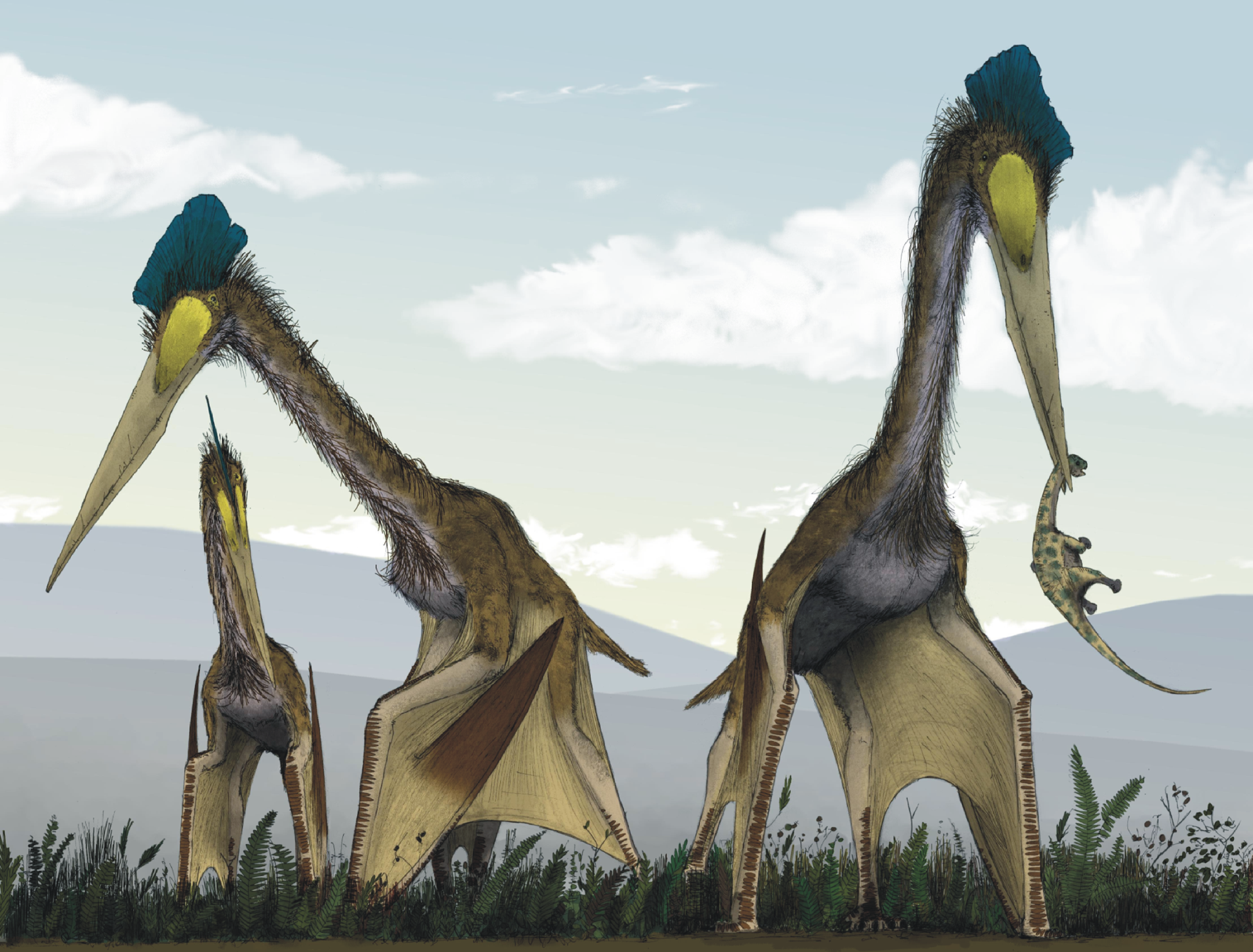
In early October, researchers from Utah's Brigham Young University revealed the discovery of a new species of a giant pterosaur. The massive reptile is believed to have inhabited Earth over two hundred million years ago during the Triassic Period when most of the continents were combined in the giant C-shaped supercontinent known as Pangaea.
The scary monster had 110 teeth - 80 (including four fangs) on the lower jaw and 30 on the upper one. While the lopsided dentitions may sound strange to us, they are perfectly reasonable for pterosaurs who were known for the odd arrangement of teeth of all shapes and sizes.

If that is not impressive enough, the flying reptile also sported a wingspan that measured 4.5 feet (1.3 meters) or about as wide as the height of an average 10-year-old. But massive as it was, it still fell short in comparison to the creature's large head. This has led the paleontologists to speculate that while the reptile could take flight, it could not soar over vast areas. It, therefore probably lived in regions that were populated by trees and other fauna, from where it could easily scoop up insects and small land-dwelling animals. The giant also had surprisingly small eyes and air-filled bones, similar to those of the pterosaurs that lived in later periods.
The remarkably well-preserved fossils of this yet-to-be-named species were discovered in 2014 by Brigham Young student Scott Meek at an excavation site just outside the Dinosaur National Monument in northeastern Utah. Associate professor of geology Brooks Britt who led the study, say the area was once a lush oasis and home to numerous ancient animals. However, thanks to a severe drought, most perished and were buried in the sandstone.

The researcher says that though there are over 100 known species of pterosaurs, this find is significant. That's because it fills the gap in the fossil records between earlier pterosaurs that were much smaller and the larger specimens that came later. The biggest one found thus far is the Quetzalcoatlus, which had a wingspan of about 30-feet and jaws so massive that it could crush smaller crocodile-type reptiles!
Though this was the most important discovery made during the 2014 dig, it was not the only one. Among the 11,500 bones unearthed at this fossil-rich quarry, is a drepanosaurus, a reptile with a head that looked like a bird and arms that resembled those of a mole.

The paleontologists also found remains of several sphenosuchians - small crocodile-like creatures as well as two meat-eating dinosaurs. The best part is there are plenty more discoveries to be made! Britt says it is the best collection he has seen in his five decades of collecting dinosaur fossils and quips "It's like Christmas every day!"
Pterosaurs (winged lizards) inhabited earth from the Late Triassic to the end of the Cretaceous period - 228 to 66 million years ago. They are the first animals after insects to evolve powered flight. Though the giants are often referred to as "flying dinosaurs", experts say that classification is scientifically incorrect. That's because though they lived and perished alongside dinosaurs and can even be considered close cousins, the big animals evolved from a separate branch of the reptile family tree. And in case you are wondering, pterosaurs are not related to birds or bats either!
Resources: smithsonianmag.com,discovery.com,huffingtonpost.com,livescience.com